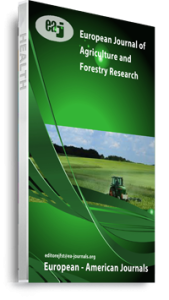There is sufficient proof that the entire world is fronting an ecological disaster because of huge deforestation. This study assessed the drivers of deforestation and the socio-economic characteristics of the respondents. Information was sourced by administering questionnaires to 200 respondents drawn from the support zone dwellers of Mandara hills in Madagali Local Government Area of Adamawa State, and alongside interviews scheduled using participatory rural appraisal technique. Data collected were analyzed using descriptive statistics and smith’s saliency model. The later was used for ranking of benefits derived from the hills and the conservation measures proffered by the respondents. The following age classes 26-30 years with 30 respondents, 31-35 years (35), 36-40 years (32) and 41-45 years (30) had the majority of the respondents. On gender, the majority (84.50%) of the respondents were males. Percentage of respondents for civil servants (21.50%) and farming (27.50%). The mainstream of the respondents had formal education represented by primary (19.5%), secondary (24.50%) and tertiary (36.0%). Most of the respondents had income that ranged from N100,000.00 – N2,000,000.00. The major benefits derived from the hills included; human protection during wars and insurgency (32.50%) and farming (30.50%). Drivers of deforestation based on; bad, worse and worst effect rankings cumulatively showed agricultural expansion topping the list, followed by indiscriminate destruction of wildlife habitat. Conservation measures suggested in order of frequency of respondents included; reduced human settlement around the hills (34.50%) and implementation of natural forest regeneration and restoration (31.50%).
Keywords: Conservation, Deforestation, Forest, Socio-Economic, reforestation

